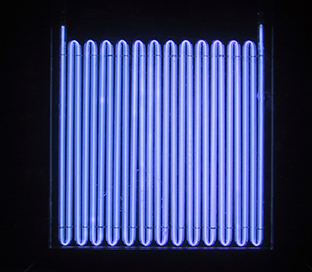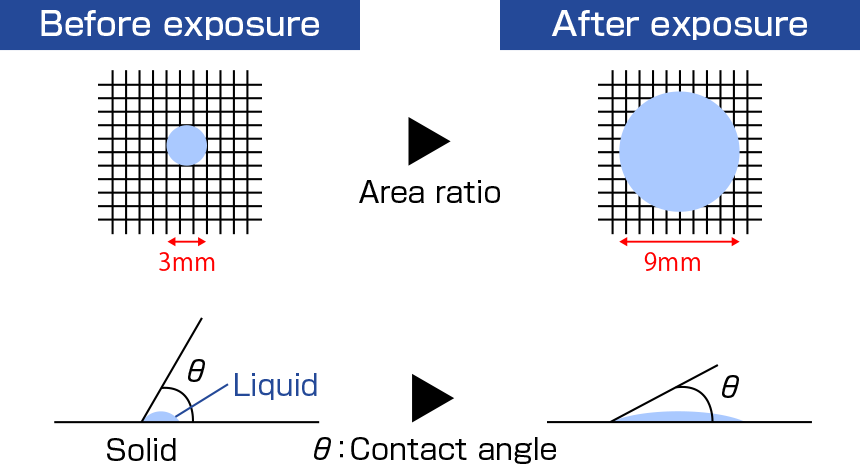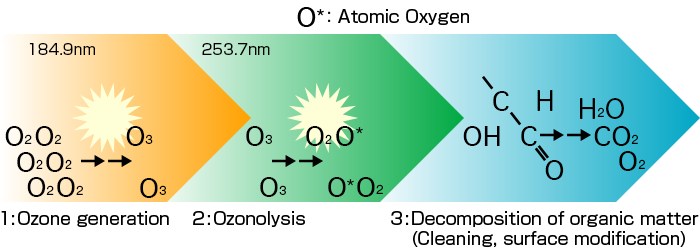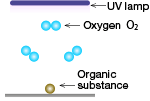The UV (Ultraviolet) Ozone Cleaner removes molecular organic contaminants from workpiece surfaces and can also be used for surface modifications via UV radiation at wavelengths of 184.9 nm and 253.7 nm.
Surface treatment technology based on UV light is a dry cleaning technology that requires no vacuum system and can achieve reliable cleaning without failure. It also has the advantage of not damaging delicate workpiece surfaces. UV Ozone cleaner is also effective for precleaning, postcleaning, and final cleaning in wet processes.
This simple system for dry cleaning does not require a complicated structure and is ideal for final cleaning.
| Exposure area | 206mm x 206mm |
|---|---|
| Electricity | 100VAC 5A 50 or 60 Hz |
| Dimensions | 385mm(W) x 480mm(D) x 270mm(H) |
| Weight | Approx. 28kg |
| Features | |
|---|---|
| 1 | Equipped with a high-density UV serpentine-style grid lamp |
| 2 | Expose uniformly to the workpiece surface. |
| 3 | Small, compact design |
| 4 | Simple utility |
| 5 | Simple operation with safety lock function |

Through UV ozone cleaning / surface modification by UV exposure, organic substances on the surface are removed. In other words, the surface is changed from hydrophobic to hydrophilic.
You can observe this by changing wettability through water drop.
■Change of wettability and contact angle through water drop

■Change of wettability

■Change of contact angle

| Parameters | |
|---|---|
| Exposure time | 5min/ distance: 10mm |
| Tool | UV-208/Sample: Si wafer |
| Uses | |
|---|---|
| 1 | Surface modification of resin sections. |
| 2 | Improved contactabilty, enabling better adherence, coating, printing, deposition, and soldering. |
| 3 | Improvement of work surface wettability. |
| 4 | For cleaning wafers, photomasks, glass substrates, lenses and optical components. |
| Ozone generation | Ozone is generated by oxygen in the atmosphere, which absorbs ultraviolet rays of 184.9 nm. |
|---|---|
| Ozonolysis | Generated-ozone generates oxygen and atomic oxygen to absorb ultraviolet rays of 253.7 nm. |
| Decomposition of organic matter | Highly unstable active oxygen tied to organic compound and do oxidative decomposition such as H2O, CO2, and NOx. |

